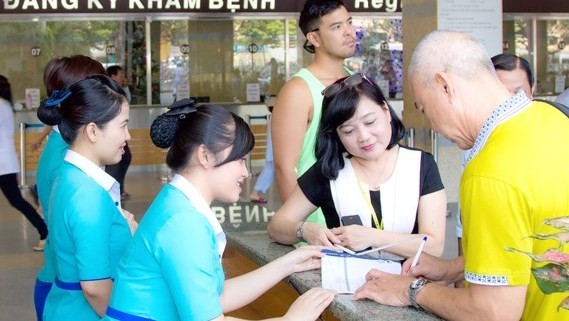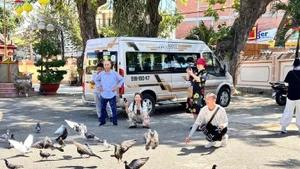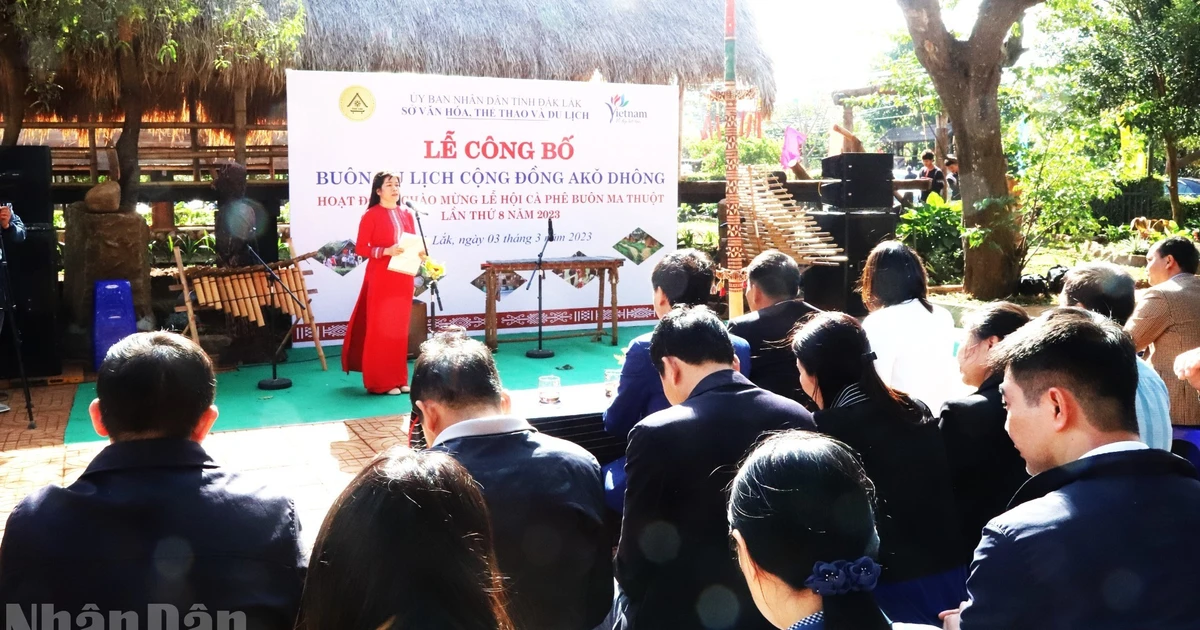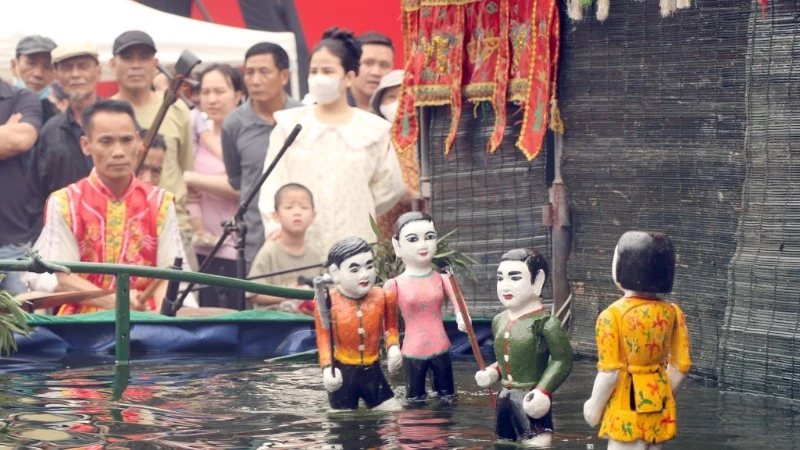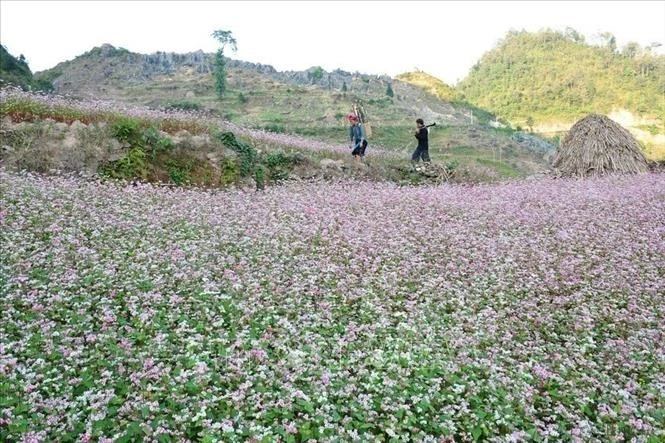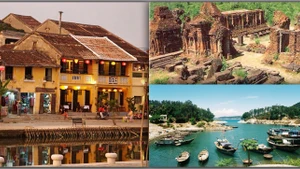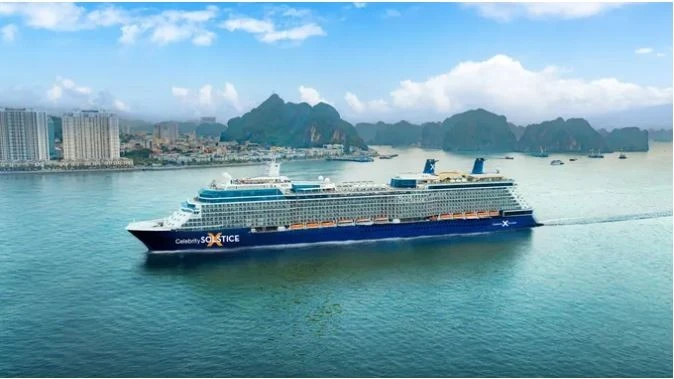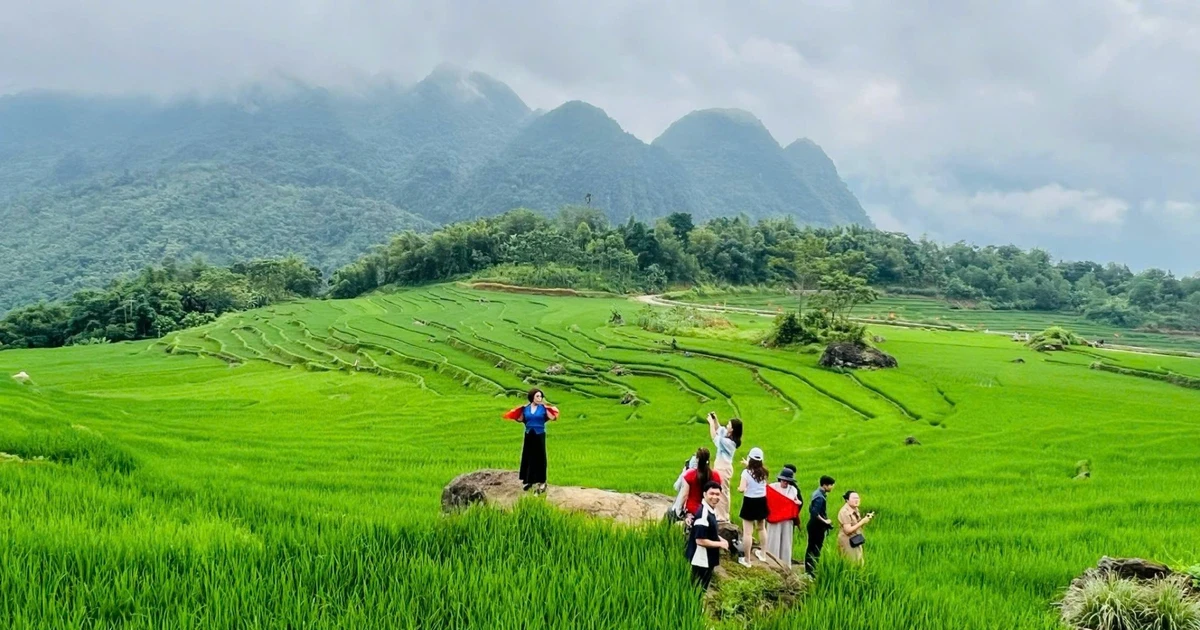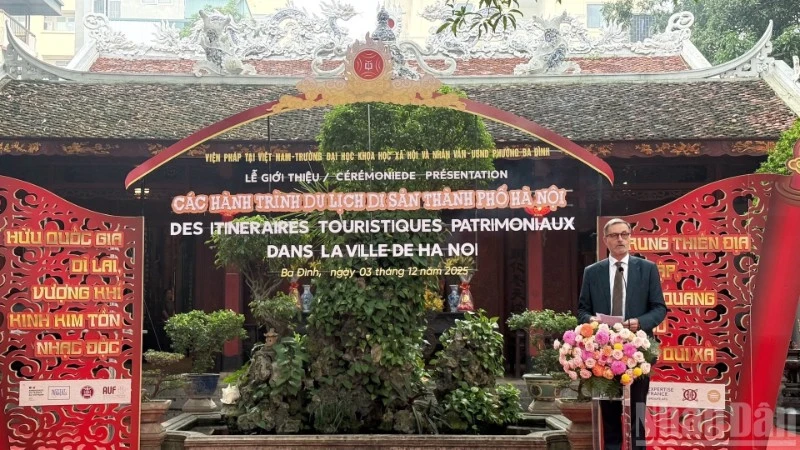According to statistics released by the Ministry of Health, Vietnam earns nearly US$1 billion from medical tourism per year, whilst the profits from this field in some other developed countries, including the Republic of Korea and Singapore, stands around US$900 million.
Medical tourism is a development trend in many countries around the world. According to information on the internet, this service first appeared thousands of years ago as Greek pilgrims travelled from the Mediterranean to Epidauria, in the Saronic Gulf – the site of worship for Asclepius, the god of healing and medicine. Since then, Epidauria has become the top health care travel destination in the world. The simplest form of this type of service is mineral springs for patients to rest, bath and recover their health. Thus, it can be understood that medical tourism means tourists visiting another area in combination with using medical treatment, health care and convalescence services.
So far the concept of medical tourism has been gradually expanded, containing the purpose of relaxation and medical checks-up and treatment (surgery and non-surgery). Currently, the countries most visited by people for medical tourism are India, Cuba, Thailand, Singapore, Malaysia and Colombia. The most popular medical and healthcare services include cancer treatment, bone and joint surgery, neurosurgery, organ transplantation and aesthetic surgery.
According to data from Deloitte – the world famous audit firm, the global medical tourism industry is worth no less than US$60 billion. The firm also stated that in recent times in Asia, the turnover from this field has been very positive, with growth of 20%-30% per year. The year 2017 is forecast to witness the changes in the trend of tourism. Accordingly, tourists will combine their visit with the use of convalescence and healthcare services.
According to estimates by Transparency Market Research (the US), in 2019 the world’s medical tourism market will increase to US$32.5 billion, three times more than in 2015. This change is due to the practical benefits that tourists can get from medical tourism. In addition to their satisfying their demand for enjoying landscapes and experiencing the cultural identities of a new land, they can receive medical checks-up and treatment and convalescence in a convenient time and at a cheaper cost than their homeland. In many countries, particularly in the West, it is very difficult for people to receive medical treatment without health insurance because of the expensive costs. Therefore, the optimum option for those who do not have health insurance in those countries is to travel abroad in conjunction with an expensive surgical procedure or medical surgery.
In the destination countries of medical tourists, the time required to perform an on-demand medical service is usually faster, meeting the immediate needs of the patients. For example, it often takes over a year or more for a hip joint replacement surgery in the UK, meanwhile this operation can be immediately implemented at a cheap cost in India, Thailand and Malaysia. Although inexpensive the quality of medical services in these countries are always ensured, with modern and advanced equipment and techniques, as well as leading and skilled experts, which explains the strong growth of this ‘smokeless industry’.
Over the past few years, the development of medical tourism has brought about economic benefits to the host nations. However, paradoxically, Vietnam earned around US$1 billion from foreign patients but at the same time lost US$2 billion, as around 50 local people seek medical treatment in foreign countries per year. According to surveys, Vietnamese people want to use medical services abroad because they have more confidence in the skills and medical ethics of foreign doctors, modern equipment, and especially the perfect customer service provided in these countries.
This reality shows a great waste of domestic resources, as at present domestic health services can absolutely meet the needs of medical examination and treatment of both local people and international visitors. In fact, there have been many foreigners coming to Vietnam for medical checks-up and treatment, mostly in major hospitals in Ho Chi Minh City, including Cho Ray, Nhan Dan (People) 115, Ho Chi Minh City University Medical Centre and FV. In 2016, Cho Ray hospital treated almost 1,200 foreign patients, including those from countries with developed medicine such as the US, Australia, the Republic of Korea and Japan.
The University Medical Centre serves around 1,000 patients from Europe and the US and around 18,000 from Cambodia per year; meanwhile the FV hospital welcomes over 20,000 patients from Laos, Myanmar, Cambodia, the US and Africa per year. Vietnam is also famous for two strengths: infertility treatment by artificial insemination with high success rates and high quality, cheap cosmetic and dental services.
According to Professor and Dr. Nguyen Viet Tien, Deputy Minister of Health, currently In vitro fertilisation (IVF) in Vietnam is attracting many foreigners, particularly couples from the US, France, Germany and Russia. The success rate of IVF reached 50% - 60% at the National Obstetric and Gynecology Hospital in Hanoi and around 65% at the Tu Du Hospital in Ho Chi Minh City. Notably, the cost for each IVF case in Vietnam is only around VND100 million (nealry US$2,300), while couples have to spend from US$15,000 to US$30,000 per case in foreign countries.
Remarkably, in the field of oriental medicine, the National Hospital of Acupuncture has inexpensively cured 53 pathologies. As many as 135 countries around the world apply acupuncture techniques for medical treatment and Vietnam stands in second position among the five countries with the highest achievements in the acupuncture. In recent years, there have been many tours of medical examination and treatment by acupuncture and qi gong. In addition, with natural advantages such as many hot and mineral springs, special climate sub-zones in Tam Dao, Kim Boi, Ba Na, Da Lat and Sapa, Vietnam is very suitable for healthcare services.
However, the country has not yet fully exploited its potential in developing medical tourism like other countries in the region such as Thailand and the Philippines. The first reason for this slow development is the fragmented and short-term investment for tourism services, combined with medical examination and treatment, and a lack of the synchronous cooperation of localities and health agencies with travel agencies. So far, the tourism sector has not set out plans to develop medical tourism as a special aspect of the tourism industry.
One of the weaknesses of medical tourism in Vietnam is that there is very little information on tourism services combined with medical treatment. In order to develop medical tourism, it is essential to promtly draw up plans and a development a strategy in association with the synchronous and close coordination and mutual support among the relevant ministries, agencies and localities. Managers need to identify specific strategies such as improving infrastructure, increasing investment in modern medical equipment and facilities and updating advanced technology, as well as improving the professionalism, foreign language skills and professional ethics of medical experts and doctors and the attitude of medical staff.
Medical facilities should build close links with travel agencies and enterprises to create attractive and effective tourism programmes, combined with health care services. The communication for medical tourism should be enhanced to help visitors easily find the necessary information, contributing to creating and promoting high quality medical tourism products.
